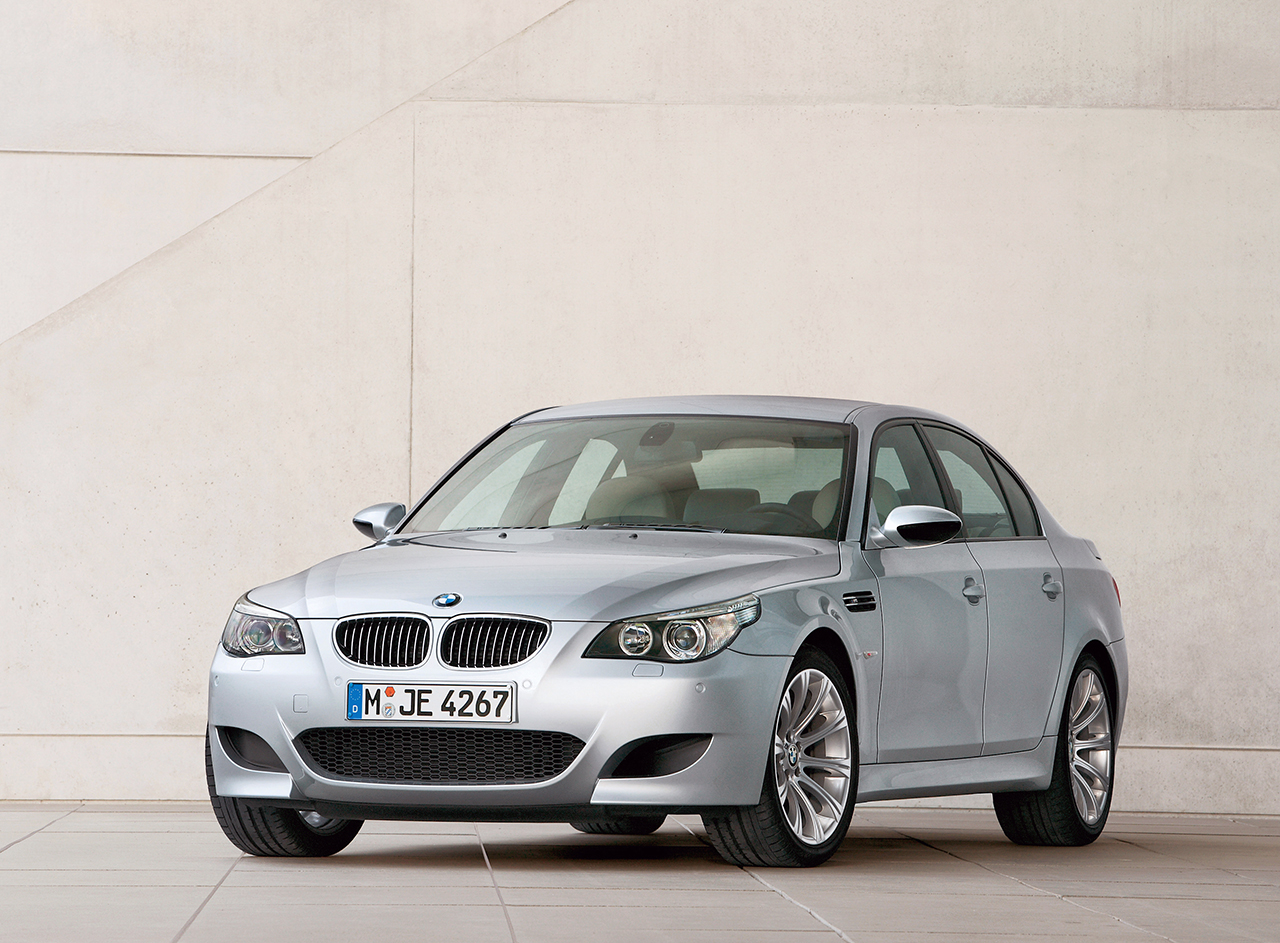BMW M: three colours, one message
Photo credit: BMW, BMW M, Wheelsage
A letter and three colours form a livery that has become legend: we are of course talking about the M of Motorsport which, when combined with blue, red and purple (many think it is dark blue but the GLASGRUIT 4004 paint code, is in fact identified as “violett blue”) identifies the racing department and the high-performance road-going cars from BMW.
But how did the sports car division of the Bavarian brand come into being?
BMW had emerged from World War Two destroyed. The memories its illustrious sporting successes – including victory at the 1940 Mille Miglia – were not enough to push the Bavarian brand towards a return to racing. On the contrary, the situation of the company was so precarious that it bought the license to build the Isetta in Germany from Iso in Italy and equipped it with its famous twin-cylinder motorcycle engine.
Then came the small 700, that used the same engine but with slightly more power and it was not until the early 1960s that the company began to produce larger touring cars. The first model was the 1800, which offered performance, but far from what BMW was soon to become.
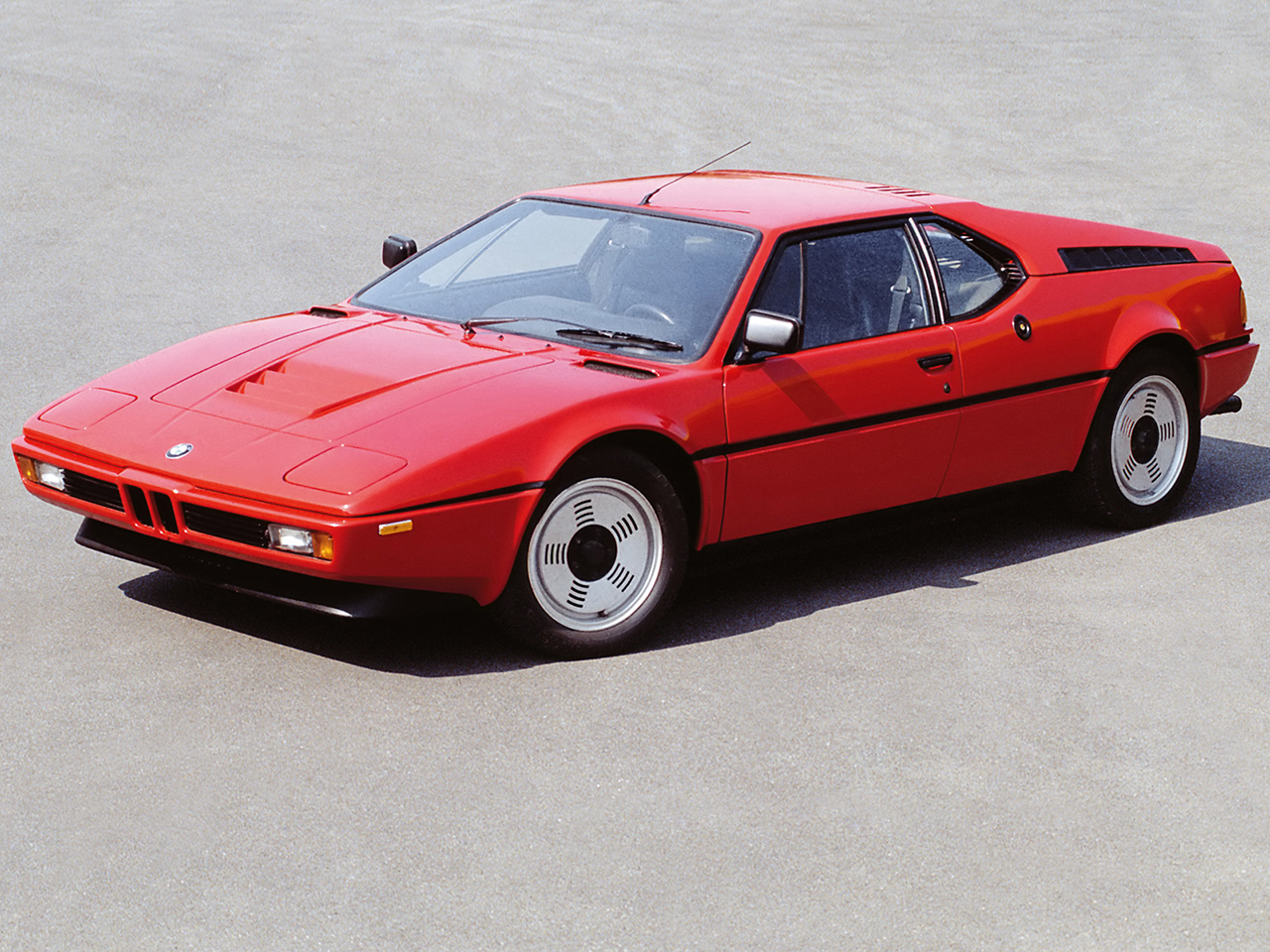
It was only in the early 1970s that the new Board led by Eberhard von Kuenheim decided that in order to correctly position the brand, a racing department was needed. The 1800 TI or the 2000 TI were winning races in the hands of privateers who prepared their cars using external workshops. There was quite a lot to be done. Jochen Neerpasch was chosen as the General Manager, a former Porsche official driver and Sports Director at Ford who, in his first year alone was able to develop the 2002 and one of the most successful touring cars in history, the 3.0 CSL. And this was only the beginning, as soon successes in the European Touring Car Championship, category wins at Le Mans and in the IMSA Constructors’ Championship in the USA were to follow.
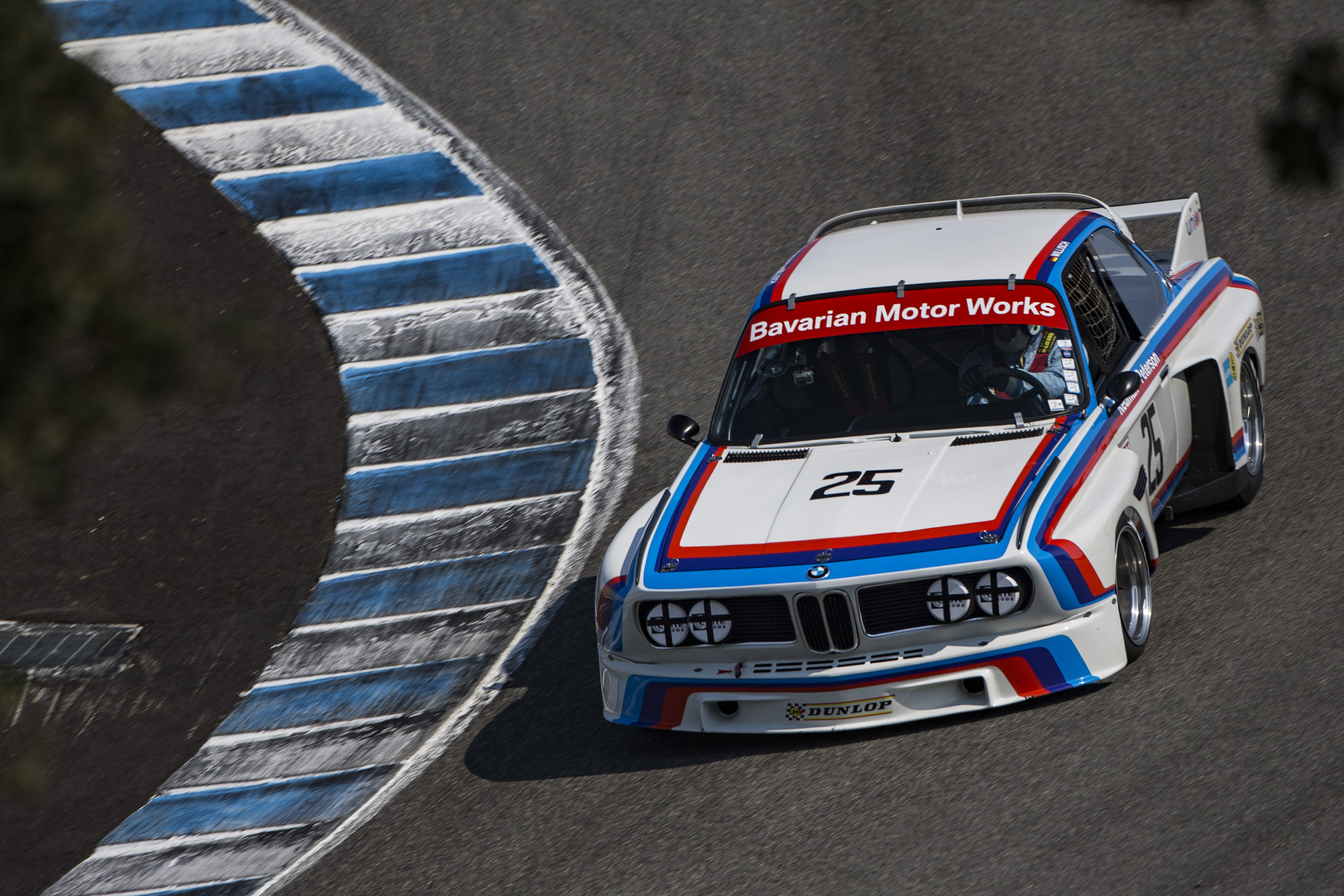
The M logo debuted on production cars in 1978, when the M1 designed by Giorgetto Giugiaro went into production. The 277bhp, 3,453cc in-line six-cylinder mid engine, combined with a body that did not exceed 1,400 kg, created an authentic sports car that was destined, among other things, for the Procar Championships held in conjunction with F1. In this series, Niki Lauda was Champion in 1979 and Keke Rosberg in 1980.
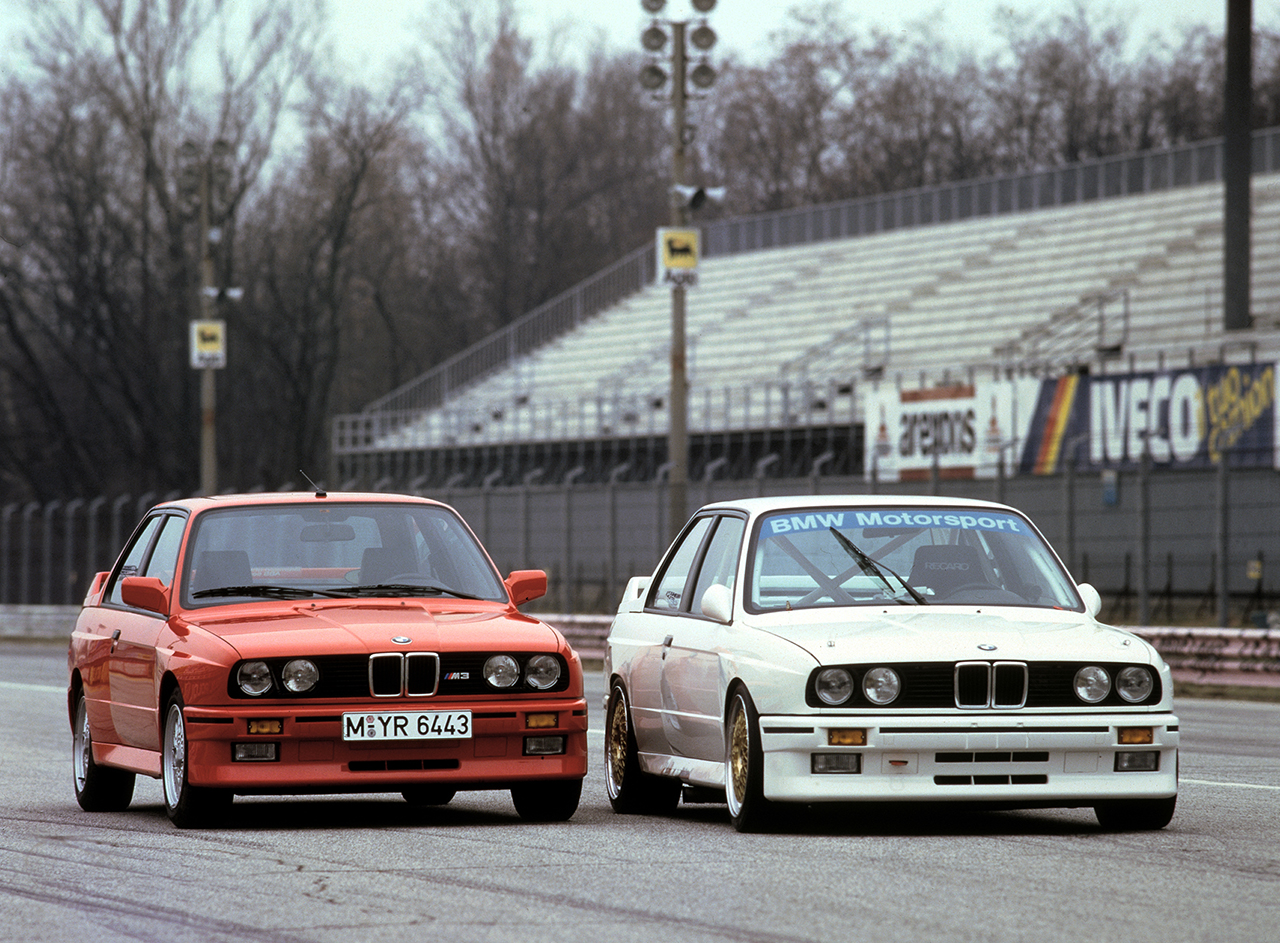
Meanwhile, demand was growing from more sports-oriented customers who wanted to own a high-performance BMW for their daily journeys. After the M535i in 1979 and the M635CSi in 1983, the first M-badged “motorsport” car directly derived from a standard model was launched: it was the M5 E28 followed in 1985 by the 6-cylinder M88/3 which became the forerunner of all of the Bavarian high-performance sedans.
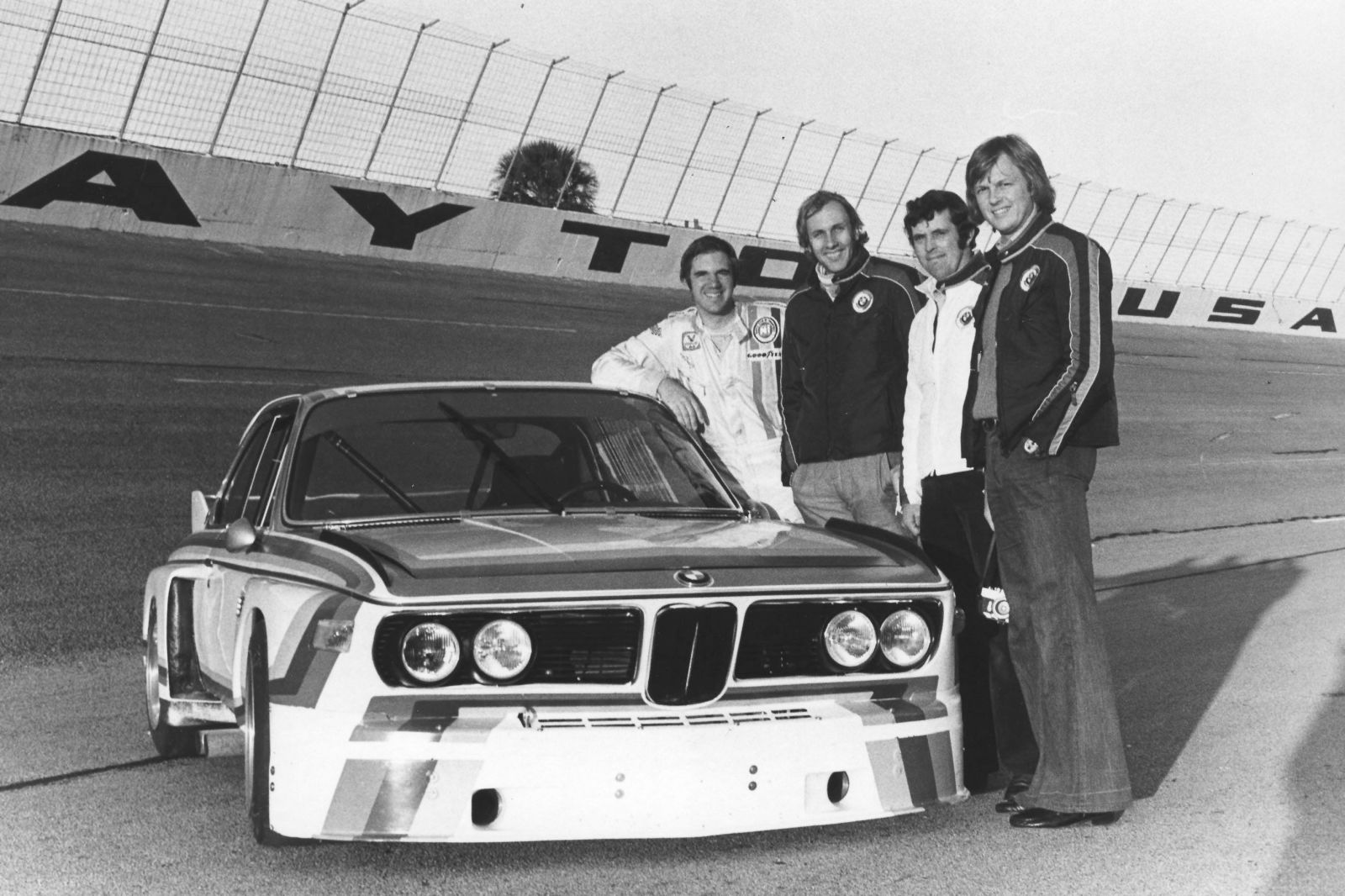
The period of profound crisis after the War was now a distant memory for BMW, and it was gaining significant portions of numerous lucrative market segments neglected by potentially fearsome competitors such as Alfa Romeo. This was the prelude to the debut of a car destined to make history: the M3 E30. The project manager was Paul Rosche, who was put in charge of developing a high-performance engine for the 3 Series after his successful results with the F1 powerplant made for Brabham in 1983, which Nelson Piquet drove on his way to becoming World Champion. An important success strengthened by the Series 5 that also introduced the Touring, or Station Wagon version – M division’s first ever family car.
Today, out on the street, there are many BMWs sporting the The Motor Sport colours. It is a signature that consolidates the positioning of the brand and demonstrates how certain decisions, followed consistently and with adequate investments, become authentic brand assets.
